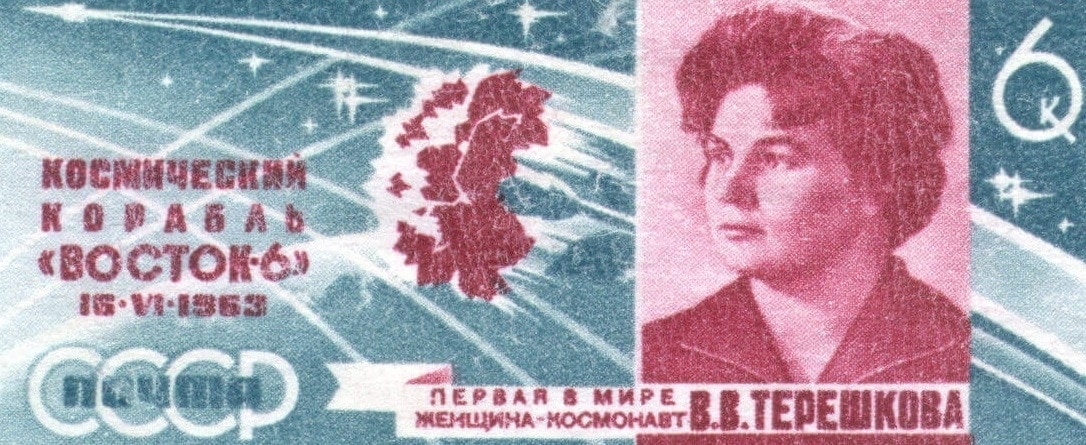
Women contributed much more to science and engineering than you think
07 of March of 2018
Interest in the world around us, intellectual ability, a passion for learning, a critical mind, a will to make the world a better place… and being male. Science is a young discipline which has made its mistakes in the past: the list of necessary characteristics in a scientist given above shows one that shouldn’t be there, but which has been current for too long.
Looking back on the centuries gone by, we can see significant changes in society, particularly in regards to social and gender equality, but also in the fact that past scientific progress owes more to women than we may think. Intelligent women – and women who additionally had the great courage that was required back then – emerged at a time when knowledge was denied to them precisely to help us create such knowledge.
To mark International Women’s Day, we will here pay tribute to a handful of women who have contributed to the development of engineering and have inspired others. Who knows, maybe as they read this, someone will discover a passion for science and engineering.
The algorithms you use on a daily basis began with Ada Lovelace… and you didn’t know it
A computer programme is an algorithm (a mathematical formula) which allows you to perform a calculation to solve a problem. Today, algorithms are everywhere, but there were none when Augusta Ada Byron (as she was called then) developed hers in 1842. Alan Turing is famous for his algorithms and the “machine that defeated the Reich”, but it is necessary to remember this happened a long time after Ada put down on paper history’s first ever algorithm:
Ada’s story starts much earlier, on 10 December 1815, in London. The 17th century was a great time for science, but not particularly so for women, who, once married, were relegated to doing the housework and looking after the children. And they were encouraged to get married as soon as possible.
Ada was fortunate enough to receive high-level education as a child thanks to her mother, Anne Isabella Noel Byron, who is considered one of the most important activists in the struggle for the abolition of Afro-American slavery. An 1841 oil painting by Benjamin R. Haydon captures a meeting of the Anti-Slavery Society, with Anne Isabella, Lucretia Mott and Mary Clarkson as the only female members. Even in such circles they were considered ‘agitators’, although we now know them as history’s first feminists.
Anne Isabella, nicknamed Lady Byron (in the portrait), exercised a very positive influence on Ada, guiding her towards mathematics, which was to become her great passion. Moreover, her social status gave her the chance to meet some of the famous people of the time, such as Faraday or Dickens, and this led her to the work of a friend, Charles Babbage. It was Babbage who showed Ada what a difference engine was, and that was when she fell in love with the mathematics of the machine.
Babbage was a famous British mathematician who, though holding Ada in high regard, wasn’t interested in her mathematical capabilities (which were, in fact, greater than his in certain areas). Ada Byron longed to work with him (as he was what today would be the equivalent of Ramón López de Mántaras in the field of Artificial Intelligence), so she set herself the task of impressing him – and did so by a generous margin.
With determination and resolve, Ada took an article in French by Italian engineer Luigi Menabrea titled Sketch of the Analytical Engine invented by Charles Babbage, and translated it into English. However, Ada was a mathematician, not a translator, so she added a series of annexes that clarified and complemented the article. She had enriched it hugely.
Annex G is probably the most important one because it provides an algorithm for the computation of Bernoulli numbers. Unfortunately, the machine was never built, and so the algorithm was never used. However, it’s now known to be correct for the knowledge of the time. On the 197th anniversary of her birth, Google designed a special doodle for her:
Today, our power network runs smoothly thanks to… Edith Clarke
Although thousands of other men and women engineers who have worked on power lines for decades have played their part, there is one particularly important article on Steady-State Stability in Transmission Systems, by Edith Clarke, which served to make the power system more reliable from 1926. In that same year, the New York Times announced the news that Miss Edith Clarke [was] the only one of her sex to read a paper at engineers’ meeting.
Edith was at the time working at General Electric, not as an electrical engineer (which is what she would have liked and what she had trained for), but as the computer supervisor in the company’s turbines department, a job she found extremely boring. In that year, she invented an incredible device (for the time) which helped calculate electric current, voltage and impedance. It was a graphic calculator which she simply named the Clarke Calculator:
Most notable in Edith Clarke was her dedication to studies from a very early age. She lost both of her parents when she was 12 years old, and spent a large proportion of the money she inherited on getting the best possible education. It wasn’t easy and, although she was determined to be an electrical engineer, she had to earn money along the way by working as a human calculator. If anyone reading this has seen how accountants of insurance companies worked towards the middle of the 20th century, what she did was similar and just as hard.
She got into MIT and in 1919 became the first woman ever to achieve a master’s degree in electrical engineering. It was after this student period that she joined General Electric, where she was completely undervalued until she left just after inventing her calculator.
Barely a year later she received a job offer from the Engineering Department at GE’s main plant. Here her work was valued fully, and she was employed as the first female electrical engineer in history. She continued writing scientific articles which have contributed greatly to her field of work, and won various awards.
Do you use GPS, WiFi or Bluetooth? All thanks to Hedy Lamarr
In 1941, in the midst of World War II, intercepting a ballistic missile was relatively easy. Once the missile was launched, the enemy (in our case the Nazis) only had to make sweeps to identify the correct frequency, triangulate their position and divert the trajectory of the explosive device.
Hedy Lamarr, the actress, devised the idea of controlling the missiles using an ingenious mechanism: instead of a continuous beam, messages would be fragmented and emitted by pulses, continuously but on different frequencies, following a seemingly random pattern. She had invented FHSS (Frequency-Hopping Spread Spectrum), a technology which could be used to build both an emitter on land or on a ship, or a receiver on the missile. Synchronization, however, was not part of her job as an engineer…
Oh, yes, Hedy Lamarr was an engineer, beginning her studies at the age of 16. However, in 1933, her mother’s pianist spirit defeated her father’s tendency towards calculus. She became an actress – and a very good one –, who played roles which, even by today’s standards, may seem rather daring (let alone for a woman back then).
It was then that she met her future husband, Friedrich Alexander Maria Fritz Mandl, who supplied ammunition, fighter jets and ballistic control systems for the German and Italian army. It was because of Fritz’s work that he learned the ins and outs of radio waves and the remote control, a Fritz that he describes as “possessive” in his memories. Later he fled to London, with a brief stop in Paris.
Great Britain was losing World War II when the USA asked its citizens, through the National Inventors Council programme, to submit patents that would help win the war against the Nazis. It is unclear who Lamarr hated more: the German army or her husband (who, it should be recalled, sold weapons to the army), but what is certain is that she offered her engineering knowledge, having finished her degree while escaping from Fritz. She didn’t have it easy in life.
After an initial rejection from the National Inventors Council, she managed to raise 7 million dollars in war tokens selling kisses in just one night. In those days, people could help the army fight against the Third Reich with their own capital, and she had an idea which we would now call pyramidal business: a kiss from the actress for whoever sold the most tokens. Not satisfied with her achievements, she started making the devices that would lead to FHSS. At a dinner party she met George Antheil, a pianist and one of the first known futurologists, who years earlier had managed to wirelessly synchronise 16 pianolas.
He helped with the problem of synchronizing the two devices, and on 10th June 1941 they jointly submitted a patent application, with her name as main applicant: H. K. Markey, or Hedwig Kiesler Markey. She was born Hedwig Eva Maria Kiesler, but changed her name to Hedy Lamarr to escape from Fritz. Her life is the stuff of novels, but the invention was archived because the device was too big to fit in a torpedo. Nevertheless, this wasn’t the end of the story, since science is cumulative, and all knowledge is used in the end.
Meanwhile, Arthur C. Clarke was ‘rambling on’ (or so it seemed at the time), imagining a system of geostationary satellites orbiting the Earth. Such satellites would indeed be launched decades later by the American government into different orbits, under the acronym G.P.S., using the technology Lamarr and Antheil had created earlier. They didn’t beat the Nazis, but they connected us all. Bluetooth and WiFi based their first iterations on a similar design, so you should thank them both.
Valentina Tereshkova proved space is for everyone
Certain persons require an introduction because they didn’t get recorded in history. Others, like Yuri Gagarin or Valentina Tereshkova, the first man and woman in space, do not. The Russians managed to reach Space, the last frontier, during the Cold War. They first launched the Sputnik in 1957, then they sent Gagarin in 1961 and, finally, Tereshkova in 1963. These last two returned safely to Earth, but the Sputnik burned up on re-entry.
Tereshkova’s trip on Vostok 6 in 1963 was tough to say the least, especially taking into account that Valentina suffered from vertigo, and that a space journey involves the feeling of falling in all directions at once. Although hers wasn’t the most difficult experience in space – think of the crew of Apollo 11 while landing on the Moon, or Chris Hadfield’s tears, both without a doubt traumatic experiences –, the dedication of the world’s first female astronaut is striking: she hid her vertigo from her colleagues and managed to pass all her tests.
Valentina had already shown her potential when, a few years earlier, she joined a leisure parachute club. It’s important to note that in those days the technology wasn’t as developed as it is today, and that landings weren’t quite as smooth (much less smooth, actually).
Tracing her history back further, Tereshkova was the daughter of immigrants from Belarus, her father working as a farmer, her mother in a textile factory where she herself would work some years later; as a child she had already helped out in a tyre factory. Russian children of the time were tough, and this future astronaut even more so.
In 1961, when Gagarin returned from space, Sergey Korolyov, chief rocket engineer at the Russian Aviation and Space Agency (now the RFSA), had a brilliant idea: Why not take on female astronauts? It seemed a great idea at the time in the then USSR, but there was the slight problem that no women had been trained to go to space. Nobody had thought of them until then, and this in a Communist system which had already founded the Night Witches, an all-woman air squadron which fought in World War II, in 1941.
Valentina Tereshkova was admitted in 1962 together with four other female parachutists to train as astronauts. This is interesting, because to join the so-called Cosmonaut Corps, she had to first be admitted into the Soviet Air Force. And so she became not only the first woman to travel to space, but also the first civilian in the world to do so. Two records in just one trip, which was very tough and in which she didn’t even have a toothbrush.
Years later she graduated as a space engineer at Zhukovsky Air Force Engineering Academy, and today she continues to be a beacon of hope for the world as an engineer and visionary. In 2013 she admitted that she’d love to go to Mars (even if it was just a one-way trip). In 2017, the commissar of an exhibition held as a tribute to her in London said “Valentina Tereshkova personifies that can do attitude which propels humanity towards great things”.
This would be a magnificent way to end the article, but we’ll add another unforgettable phrase, this by Edith Clarke:
‘There is no demand for female engineers, at least when compared to doctors; but there is always demand for someone who can do a good job.’
Doña Angelita, the visionary who thought up the modern eBook

Many people have contributed to the development of the modern electronic book, which first appeared this century through LCD screens. But there were some very interesting precursors of this device which usually do not receive the attention they deserve.
It was the 1940s, and school teacher Ángela Ruiz Robles (called Doña Angelita by her students) realised, perhaps for the first time, the limitations of teaching on paper. Something that should be put in perspective. Today, it is easy to think of an education combining pen and paper, in the traditional sense, with a computer screen. But back in the 1940s the most advanced computer was the BINAC (weighing in at 318 kg) or the Colossus (5 tonnes), amongst others.
Doña Angelita is one of those women who have shown us that you can fight for everything you consider just, and she believed that her students deserved better. Being a mother of three girls, a teacher and a widow in the 1950s did not prevent her from putting revolutionary ideas into the minds of her pupils and of the engineering community.

After teaching for several years in Santa Eugenia de Mandia (in Galicia), Ángela Ruiz realised that it was absurd that the children should drag around heavy textbooks all day long. Surely there must be another way to help her students learn and leave behind what she considered the obsolete teaching methods of the time (based on memorising everything).
Just think how far advanced for her time Doña Angelita actually was when, in 2018, one of the strongest criticisms of our education system is still precisely the focus on memorising rather than comprehension. So advanced, in fact, that she put her basic knowledge of mechanics and pneumatics (movement using the pressure of gases within a circuit) to work to design her encyclopaedia.
A few years before moving to Santa Eugenia de Mandia (Galicia) to teach, Ángela Ruiz had spent a couple of years in León taking her first classes in shorthand writing, typing and accounting. Remember those old typewriters? Mechanical, with keys that moved when your fingers struck the relevant buttons.
It is possible that her experience with different machines helped her to build her mechanical encyclopaedia in 1949, a prototype, with the aim of “facilitating teaching, and achieving maximum knowledge with minimum effort”. The device, which comprised several textbooks, was also a medium onto which different teachers could load their own content. What we now call an open system, which way back them was unimaginable.
The invention had little or no success at the time, partly because people’s minds were not ready for such a device. Think of the Martín de Santos Auto Map of 1957, which also worked with “cartridges” in the form of a roll and suffered the same fate. But even Bill Gates’ Tablet PC from 2001, a cutting-edge device, was a resounding failure. Society needs time to accept greatness and adapt to technology.
We should take into account that even today a tablet in the classroom can be seen as an alien device and highly criticised by some, despite its many advantages for students, something that Doña Angelita was able to see already 70 years ago. In the days of Ángela Ruiz, optics were only just beginning to develop, and the cutting-edge technology then were vacuum tubes and pneumatic systems. Despite everything, self-taught, she managed to design a device which even today is ground breaking.
This would be a great way to end, but we’ll add another unforgettable phrase, this by Edith Clarke:
There is no demand for female engineers, at least when compared to doctors; but there is always demand for someone who can do a good job.

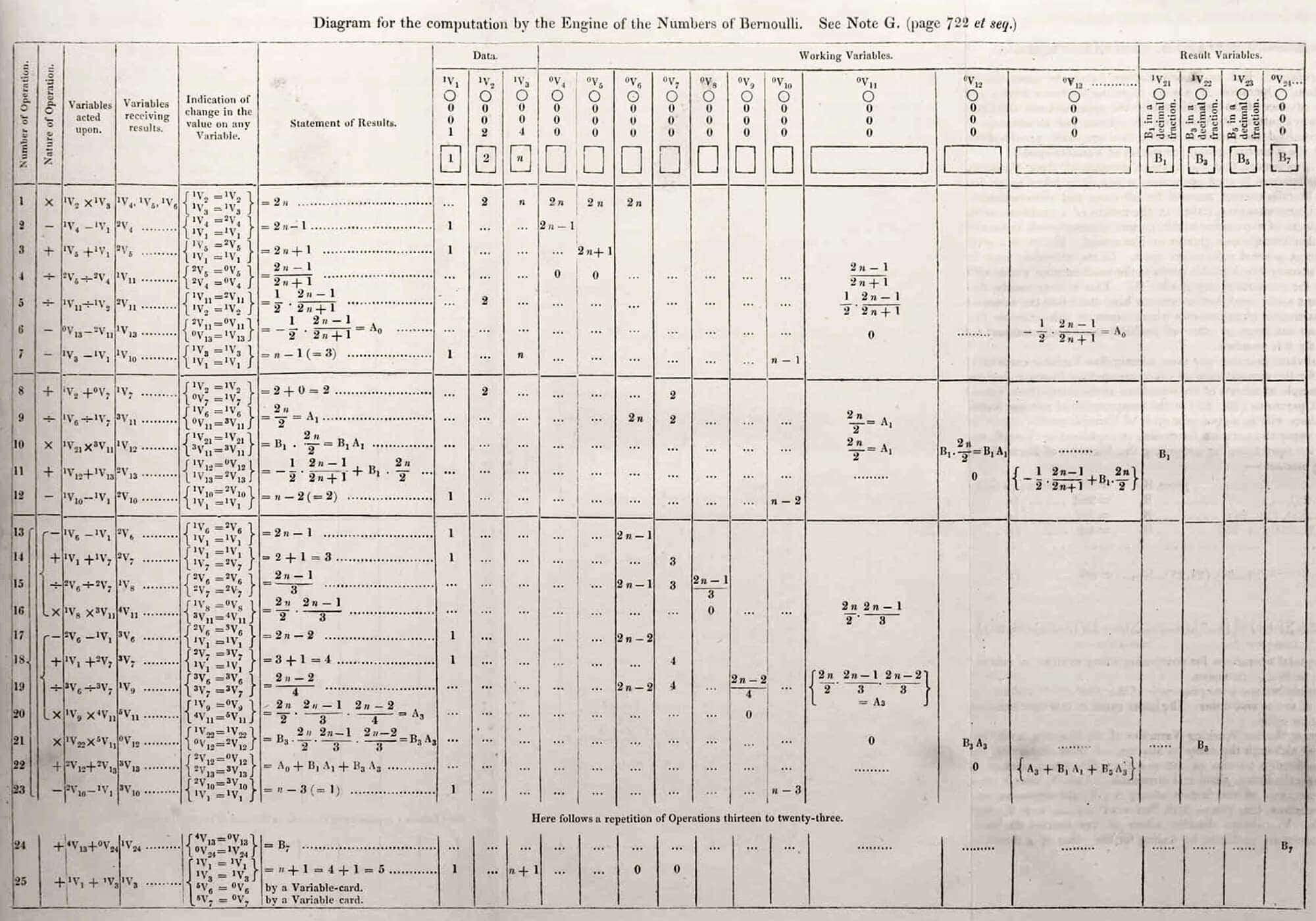
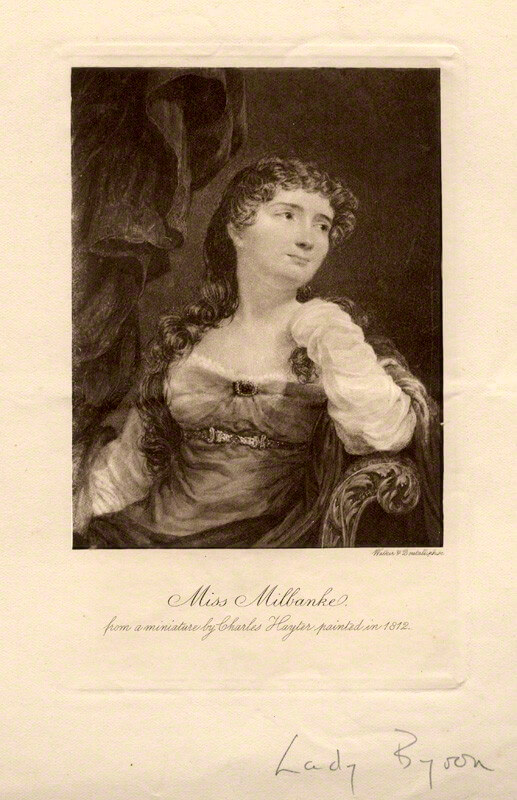
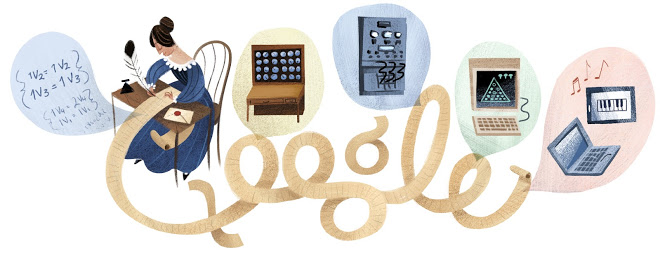
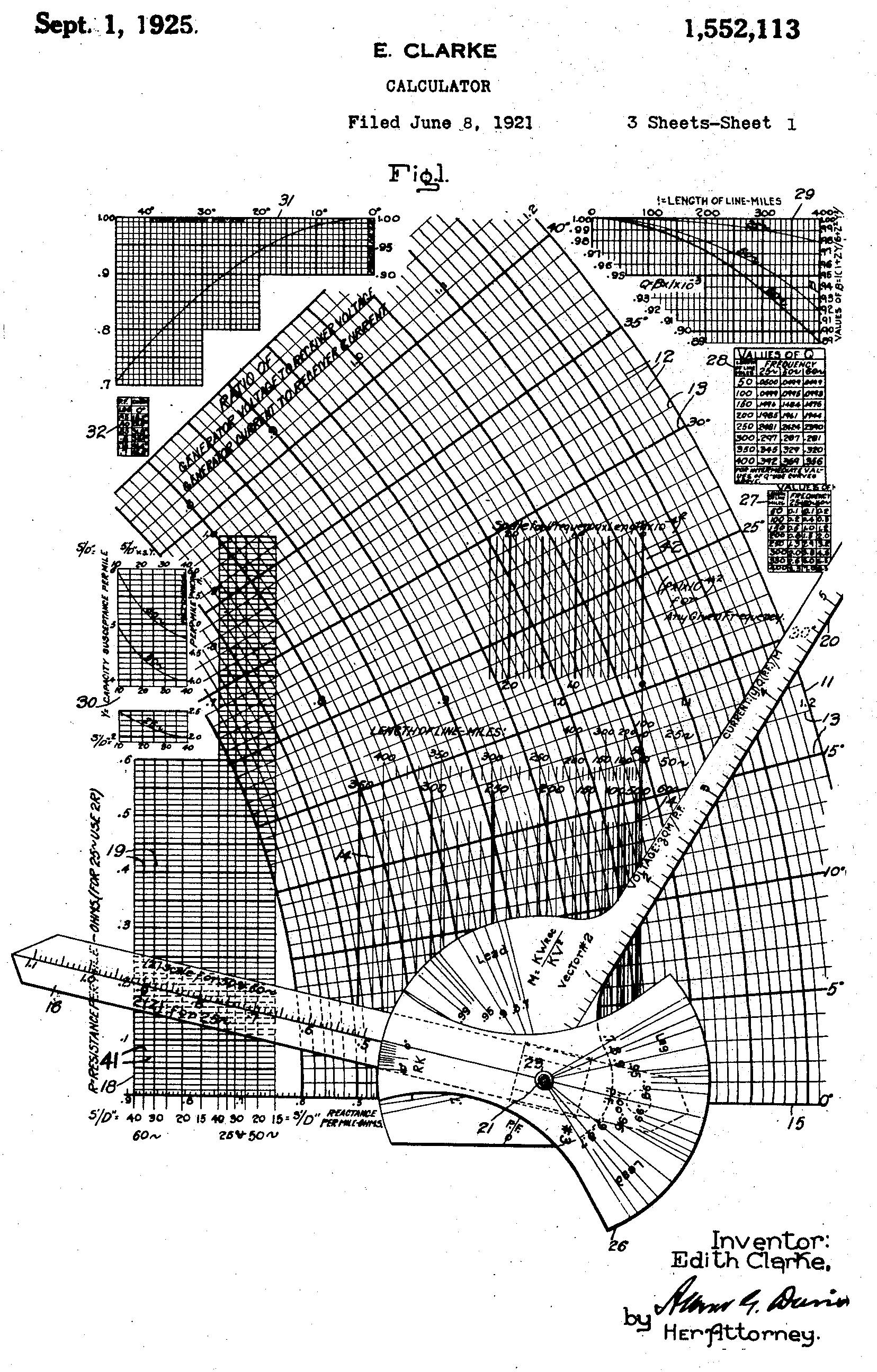
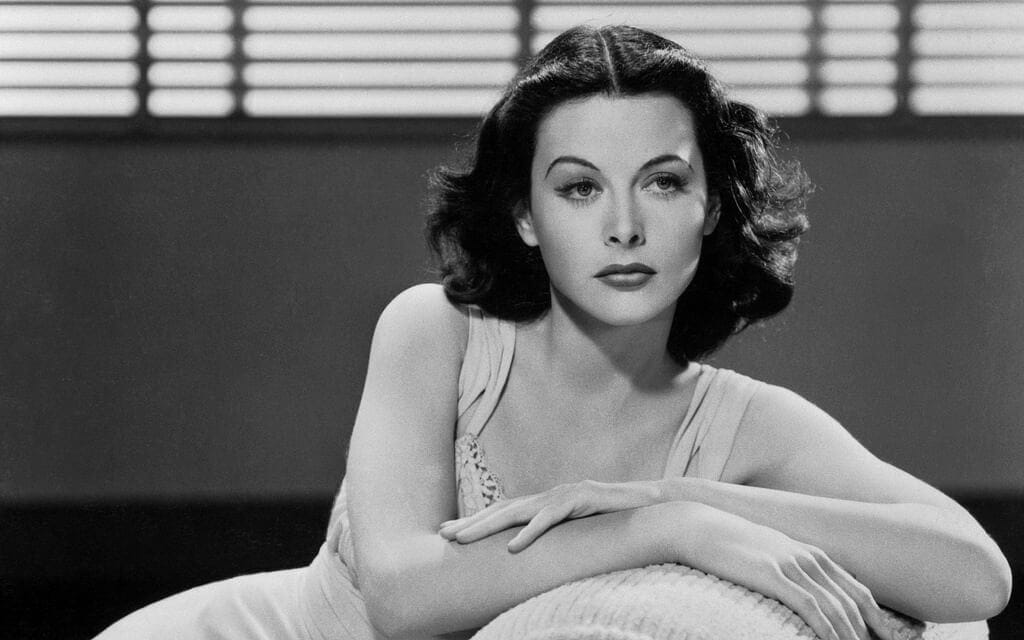
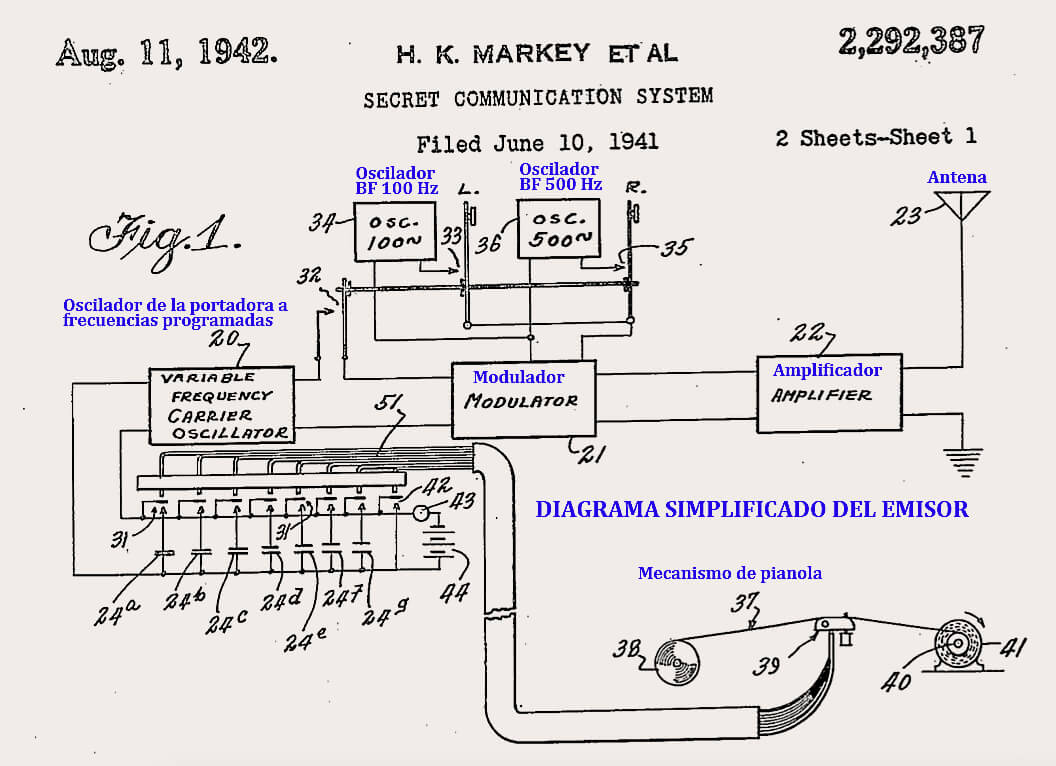
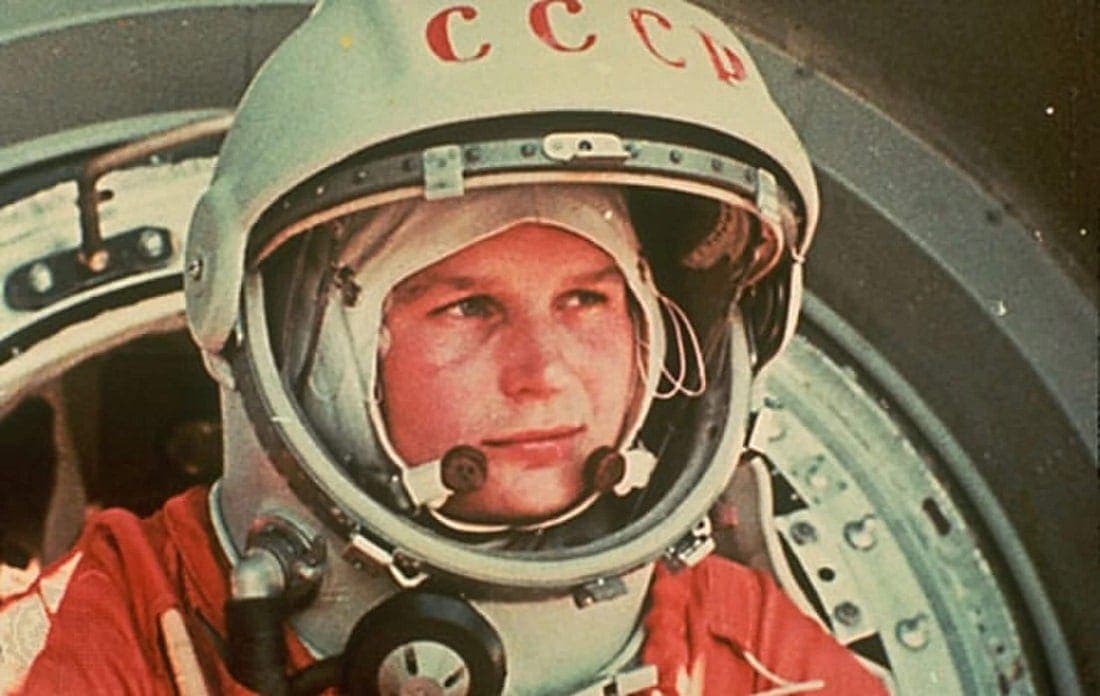
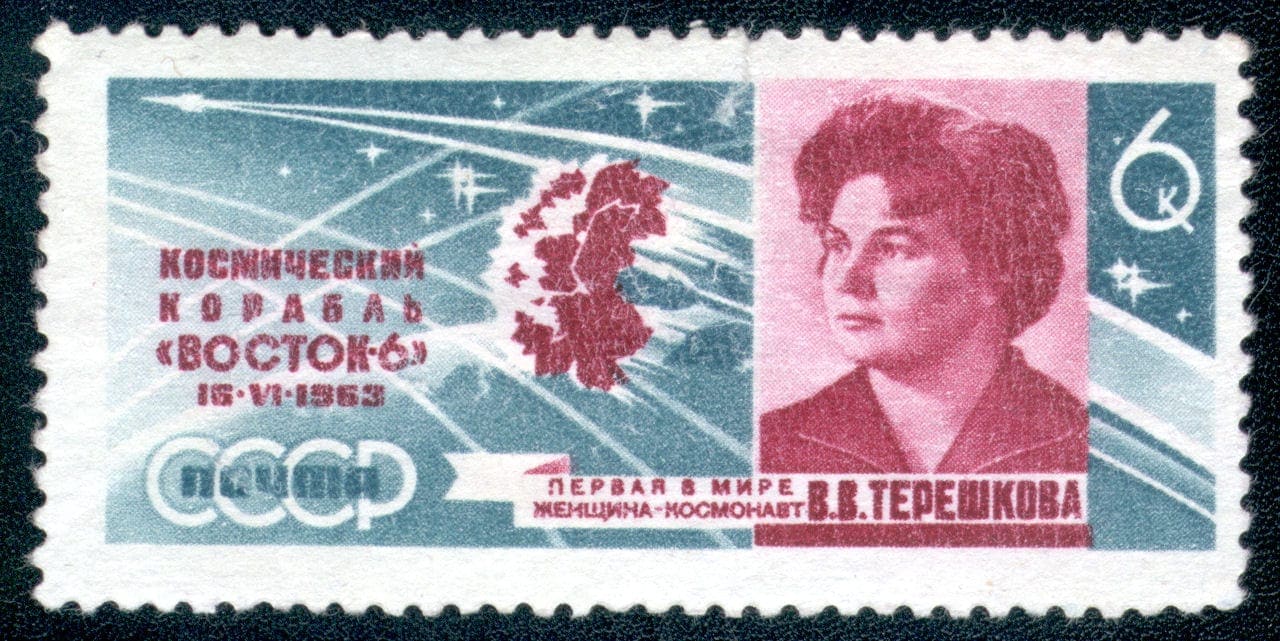




There are no comments yet